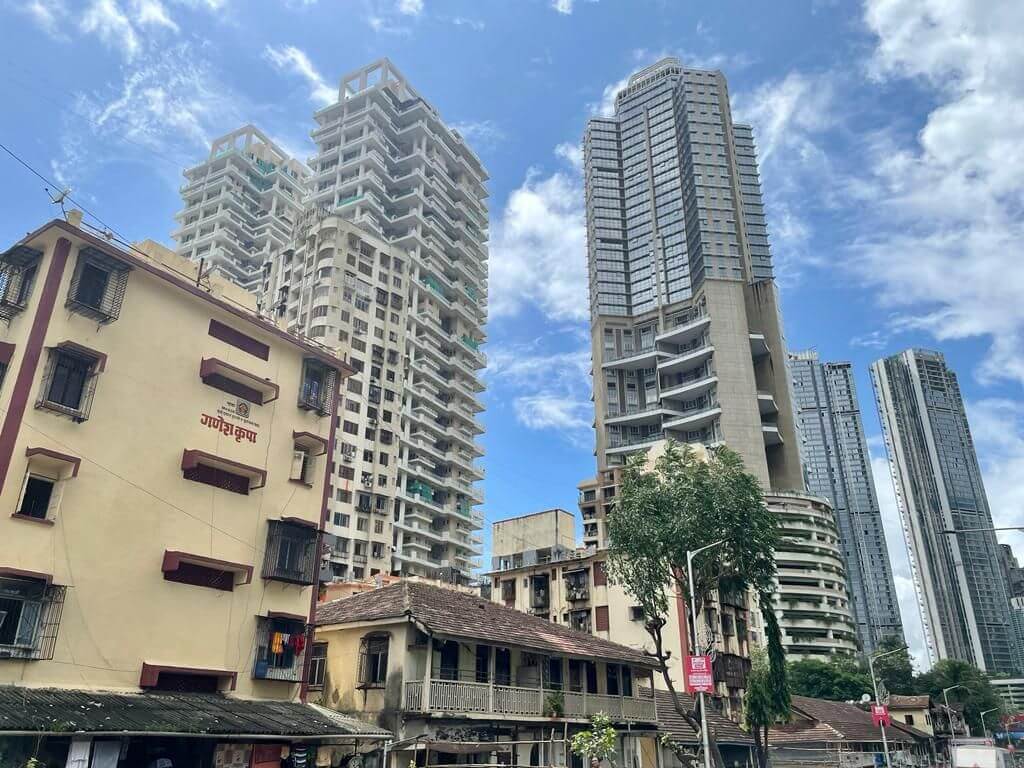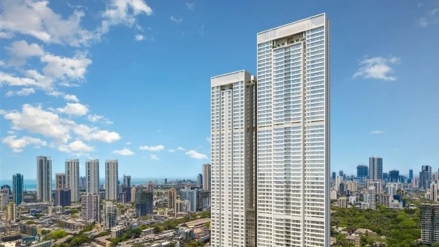Introduction: The Dream City’s Nightmare
In 2025, Mumbai—India’s financial capital—is facing its worst affordable housing crisis in decades. With soaring rents, stagnant wages Mumbai affordable housing, and unchecked urban migration, the city is becoming increasingly inhospitable for low-income and even middle-class families. The very people who fuel Mumbai’s economy—teachers, drivers, nurses, and junior professionals—are being priced out of the city they help sustain.
Key Drivers of the Crisis
1. Real Estate Prices Have Skyrocketed
The average property price in Mumbai touched ₹32,000 per sq. ft in early 2025, according to data from MagicBricks. Even suburbs like Thane and Navi Mumbai have seen double-digit price hikes, leaving few pockets of affordability Mumbai affordable housing.
2. Supply-Demand Mismatch

While luxury and upper-middle-class housing supply has increased, affordable housing (under ₹50 lakh) has sharply declined. Builders cite land costs, construction delays, and government red tape as barriers.
3. Slum Redevelopment Has Slowed Down
Mumbai has over 9 million slum dwellers. Redevelopment projects under the SRA (Slum Rehabilitation Authority) have stalled due to legal disputes and funding shortages. Thousands live in unsafe, overcrowded conditions with no clear relocation timeline Mumbai affordable housingis.
Impact on the Working Class
- Rising Rents: Monthly rent for a 1BHK in outer Mumbai now averages ₹25,000–₹35,000.
- Commute Burden: Many workers travel over 2 hours daily to reach affordable areas.
- Informal Settlements: Unauthorized chawls and tenements are expanding, lacking water and sanitation.
Why 2025 Is Worse Than Ever
According to the Ministry of Housing and Urban Affairs, India faces a shortfall of over 10 million urban homes. Mumbai alone accounts for over 2 million of these. Post-pandemic recovery, coupled with increased urban job migration and poor planning, has made the problem more severe.
Housing schemes like PMAY-Urban (Pradhan Mantri Awas Yojana) have had limited impact in dense metros due to lack of land and high implementation costs.

What’s Being Done—And What’s Not
1. Government Policy

Maharashtra’s MHADA lottery system and FSI relaxations have tried to spur low-cost construction, but corruption and favoritism dilute their reach. Many awarded homes are still under construction or poorly located.
2. Private Sector Response
While some builders are launching budget-friendly micro-apartments, profit margins remain thin. As a result, real affordable housing remains a low priority for the private sector.
3. NGOs and Urban Planners
Organizations like SPARC are working to empower slum communities and push for equitable housing. However, these efforts struggle against systemic bottlenecks.
Conclusion: What the Future Holds
Mumbai’s affordable housing crisis is not just a real estate issue—it’s a human rights and economic sustainability issue. Without urgent reforms in urban planning, land use, and housing finance, the city may become livable only for the wealthy. For Mumbai to thrive in 2030 and beyond, housing must become inclusive, not exclusive.
Want to understand how other Indian cities are coping? Read our deep dive on India’s Urban Planning Failures or see why Gen Z Can’t Afford to Rent in Metros.









